- Thread starter
- #21
If you can trust me with the location information I can see what I can do with multi-spectral mapping. I'm no pro, but I have made some usable maps. PM if interested.
No problem, I have done so
If you can trust me with the location information I can see what I can do with multi-spectral mapping. I'm no pro, but I have made some usable maps. PM if interested.
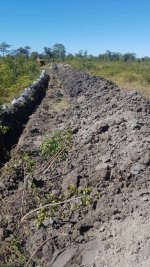
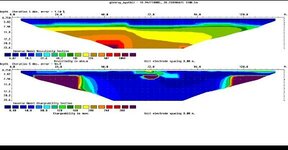
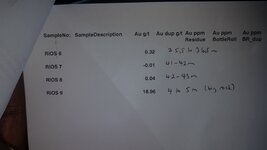
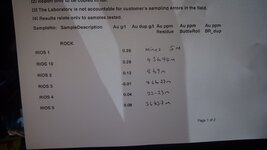
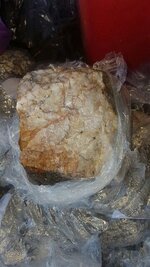
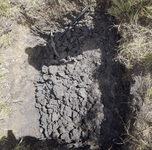
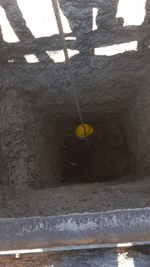
Are you monitoring the air quality while going that deep?
Nope but there are shafts 80m deep nearby and the guys are still going. Would the air be different? What also is the effect?
In the US we also have massive un-tapped minerals, but the regulations have restricted it to the point of it being illegal to even get as far as your limited progress...

 Yes there has been quite the history for mining in the United States and this could help with the current attitudes out there.
Yes there has been quite the history for mining in the United States and this could help with the current attitudes out there.Yes the air could be different. You could have a build up of oxygen displacing gases from the explosives. The effect of those gases is death by suffocation. Some miners call it black damp, others just call it bad air. Either way it will drop you in an instant. First signs are typically difficulty in breathing (shortness of breath) and a headache. If you have guys experiencing that, GET THEM OUT AND VENTILATE the shaft. No amount of gold in the world is worth dying for.
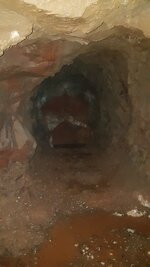
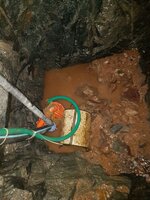
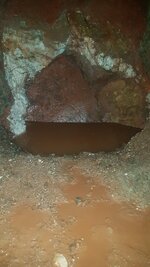
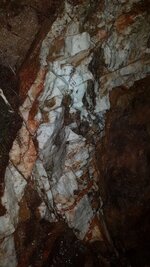
Hello
Wow thank you for the update on how far down you are and to go yet.
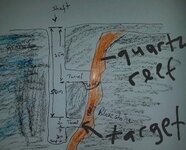
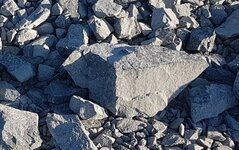
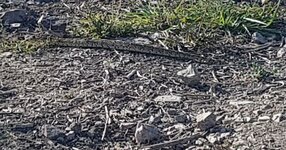
Thank you for the updates. Not many in the "U.S." can take on an adventure like yours. Keep at it if it is safe.At 35m we drove into the reef, sampled it and thought it was not rich enough and continued digging downwards. We had driven horizontally 3m. We then drove a further meter or so to build a sump basin as when we got into the reef water started flowing out. So the guys are digging vertically going down now. Reef at 35m was 3 meters from our shaft. The blast for our sump exposed the reef further and I decided to take it for fire assay.
The results were 143.2 grams per ton which was quite surprising considering when we had initially gotten into it, we thought it was useless.
We have since decided to continue with our downward push then we will drive into the reef again at 50m or so. Our confidence levels are now so high that we are literally shaking with excitement. we know the reef is there and we know chances are higher it will have good grades of gold.
We had expected to intercept the vein at 40m but the vertical shaft has not done so. It looks like we are now parallel to it as it is probably now vertically steeping.
The gold is in quartz veins, I would say in bands with sulphide and sometimes along the margins. There is a lot of pyrite in the quartz also. The quartz veins are hosted in very hard bluestone. We have breaking our drill steels and bits like every time.
View attachment 1483683
View attachment 1483684
and we had an interesting visitor. we shepherded it away
View attachment 1483685
At 35m we drove into the reef, sampled it and thought it was not rich enough and continued digging downwards. We had driven horizontally 3m. We then drove a further meter or so to build a sump basin as when we got into the reef water started flowing out. So the guys are digging vertically going down now. Reef at 35m was 3 meters from our shaft. The blast for our sump exposed the reef further and I decided to take it for fire assay.
The results were 143.2 grams per ton which was quite surprising considering when we had initially gotten into it, we thought it was useless.
We have since decided to continue with our downward push then we will drive into the reef again at 50m or so. Our confidence levels are now so high that we are literally shaking with excitement. we know the reef is there and we know chances are higher it will have good grades of gold.
We had expected to intercept the vein at 40m but the vertical shaft has not done so. It looks like we are now parallel to it as it is probably now vertically steeping.
The gold is in quartz veins, I would say in bands with sulphide and sometimes along the margins. There is a lot of pyrite in the quartz also. The quartz veins are hosted in very hard bluestone. We have breaking our drill steels and bits like every time.
and we had an interesting visitor. we shepherded it away
View attachment 1483685
Great information! So the plan is to stope between crosscuts, transport to the shaft in carts, then then raise that material out the vertical shaft? Do you have vertical relief at the surface where you can waste tailings? Keep the updates coming!
At 35m we drove into the reef, sampled it and thought it was not rich enough and continued digging downwards. We had driven horizontally 3m. We then drove a further meter or so to build a sump basin as when we got into the reef water started flowing out. So the guys are digging vertically going down now. Reef at 35m was 3 meters from our shaft. The blast for our sump exposed the reef further and I decided to take it for fire assay.
The results were 143.2 grams per ton which was quite surprising considering when we had initially gotten into it, we thought it was useless.
We have since decided to continue with our downward push then we will drive into the reef again at 50m or so. Our confidence levels are now so high that we are literally shaking with excitement. we know the reef is there and we know chances are higher it will have good grades of gold.
We had expected to intercept the vein at 40m but the vertical shaft has not done so. It looks like we are now parallel to it as it is probably now vertically steeping.
The gold is in quartz veins, I would say in bands with sulphide and sometimes along the margins. There is a lot of pyrite in the quartz also. The quartz veins are hosted in very hard bluestone. We have breaking our drill steels and bits like every time.
View attachment 1483683
View attachment 1483684
and we had an interesting visitor. we shepherded it away
View attachment 1483685